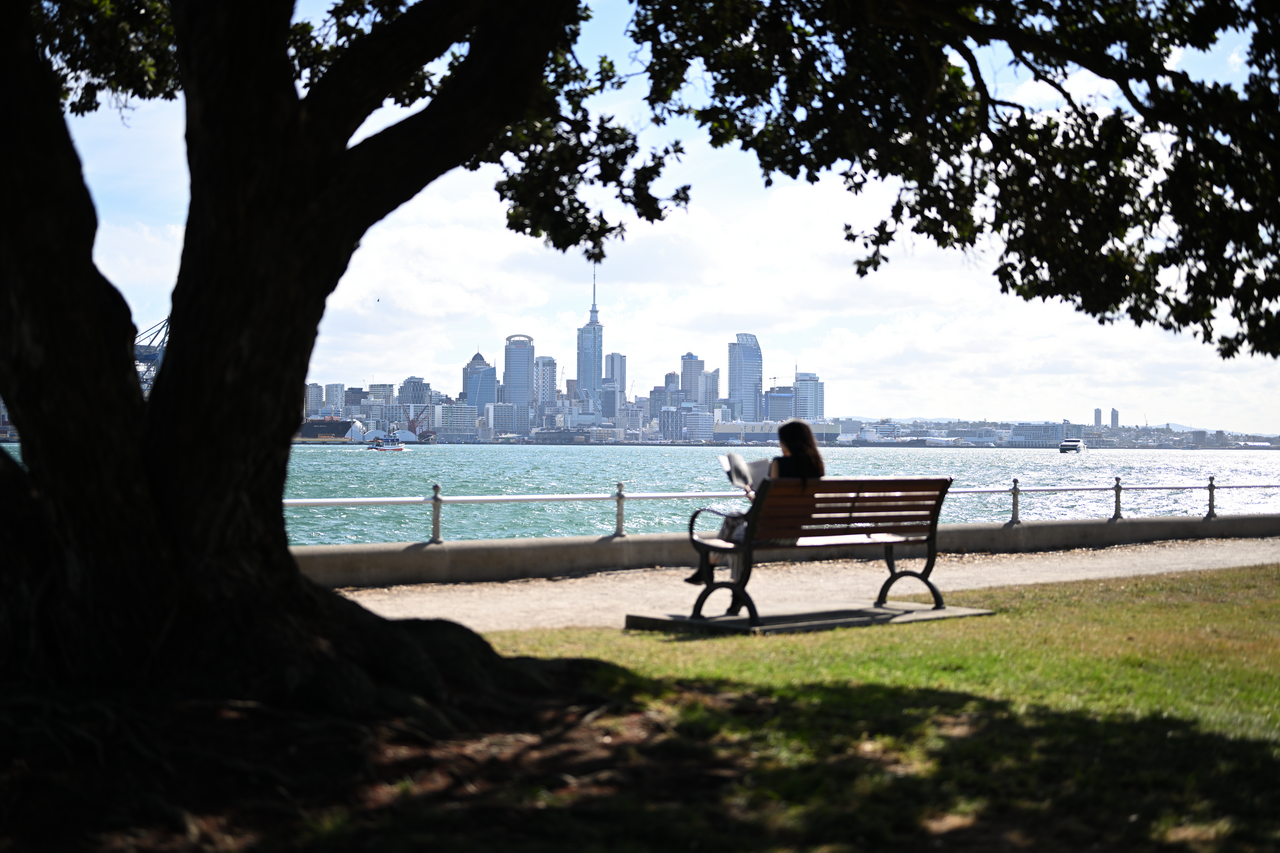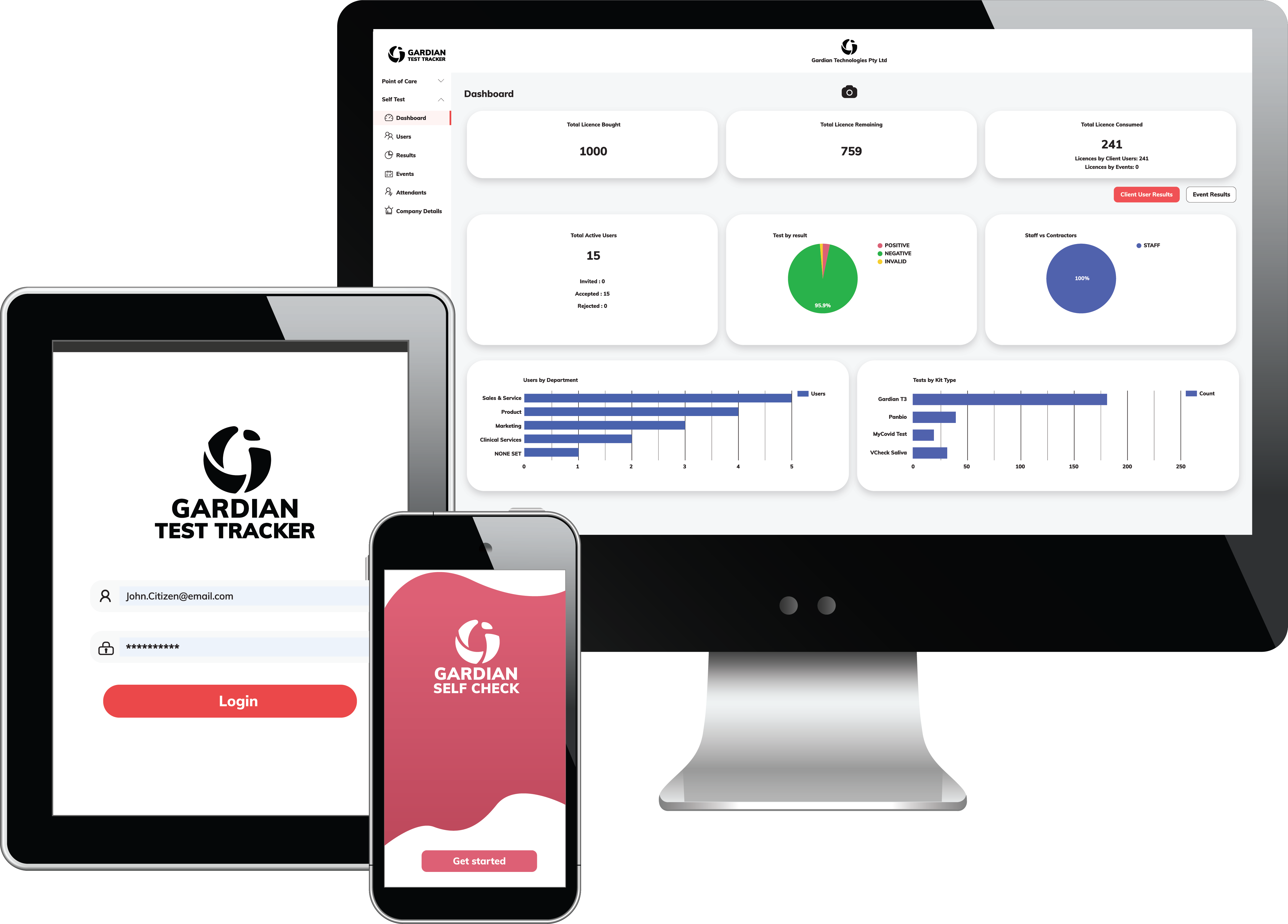A tale of three districts
Known for stunning landscapes and enterprising businesses, the South Island’s West Coast districts have been impacted differently by the Covid-19 pandemic.
Known for stunning landscapes and enterprising businesses, the South Island’s West Coast districts have been impacted differently by the Covid-19 pandemic. The resilience of business owners in Westland District’s ‘Glacier Country’ in particular has been sorely tested.
The West Coast is no stranger to tough times. Stretching more than 600 kilometres from Karamea to Haast, this vast region’s fortunes have traditionally been influenced heavily by events within the coal, gold, and forestry mining industries.
But the global event that took us all by surprise at the beginning of 2020 has had an entirely different outcome on the region, and presents a whole new challenge for one district in particular.
Infometrics’ GDP figures for the year to December 2020 paint a startling picture, and reveal the West Coast is now a region of extremes.
Thanks to Covid-19’s effect, the West Coast’s GDP fell by a modest 1.5 percent, compared to a 2.6 percent decrease nationally. But while Grey district fell by 3.4 percent and Westland 3.6 percent, Buller’s GDP was up 3.4 percent, largely as a result of strong primary industry performance.
Innovative start-up businesses are another reason behind Buller’s strong showing, and an increasing number of people are moving there for the lifestyle and opportunities. For the year to December, Buller had the highest growth rate in house sales for the entire country (up 48.6 percent). And with average house prices around $215k, and digital technologies enabling remote working, Buller, like the rest of the Coast, makes for an irresistible proposition.
Innovation is everywhere on the Coast. For example, the innovation hub EPIC Kawatiri Westport now hosts more than 20 tenants – many of whom are new to the region and have started new businesses. An example is the software developer making games for some of the world’s biggest entertainment companies – such as EA and Disney.
On the domestic tourism front, the areas of the West Coast close to major centres have performed reasonably well. Tourism expenditure in Buller was up 4.8 percent on the previous year.
However, it’s the well-documented drop-off in tourism numbers in South Westland’s Glacier Country, caused by the closing of New Zealand’s borders, that’s by far the biggest handbrake on the local economy.
A Covid-19 Impact Survey conducted by Development West Coast (DWC) and the Glacier Country Tourism Group in February provides sobering reading.
15.5 percent of businesses in Glacier Country no longer operate; 16 businesses have shut their doors; and the businesses managing to continue trading are operating at just 20 percent compared to a normal year.
It’s a dire situation, with many business owners hanging on by their fingernails, and clearly while local support agencies are doing all they can, more central Government support is urgently needed.
“As the current situation in Glacier Country shows, the impact of Covid-19 is still being felt across the region in different ways,” says Heath Milne (pictured below), CEO of Development West Coast.
“As the regional economic development agency, there is still a lot of work for us to do to support a robust and resilient West Coast economy that can respond to and recover from the economic impacts of Covid-19, as well as looking at what opportunities lie ahead.”
Milne joined DWC in January 2020 and, as he points out, has yet to really experience ‘business as usual’ in the role.
“Our focus has been on helping local businesses manage the impact impacts of the pandemic as well as looking ahead at the economic recovery,” he says. “Our staff engaged with around 500 businesses from the start of the first lockdown to the end of the year – providing business advisory services worth around $700,000 to some 200 businesses through the Regional Business Partner network.”
There has also been emergency funding provided to Covid-impacted businesses suffering cashflow issues in the short term but with a viable future, he adds, and a raft of measures by various local organisations to further support businesses – including the establishment of an online business directory promoting businesses that were able to operate under Level 3, plus a Delivery Rebate Scheme which enabled businesses offering delivery services the ability to receive a $5 rebate for each delivery.
An alliance with local iwi, the Regional Council and Department of Conservation resulted in the Jobs for Nature program, which provided work for around 70 local tourism workers.
More backing from the Provincial Growth Fund resulted in Upskill West Coast – a scheme to create sustainable employment opportunities and keep both people and businesses in the region.
“While areas like Glacier Country have some unique challenges that must be acknowledged, the Coast in general has some unique advantages going forward.”
Milne accepts that there is still a lot of work to be done to support an economy that he believes will ultimately recover from the economic impacts of Covid-19, and it’s a case of looking at the opportunities ahead.
“While areas like Glacier Country have some unique challenges that must be acknowledged, the Coast in general has some unique advantages going forward,” he says.
“Our pristine natural environment gives us a truly authentic provenance story. With around 85 percent of the West Coast under conservation land, we really are an untamed natural wilderness.
“Our lush green pastures, fertile soils and cool, clear water help us produce some of the most nutritious and delicious food and drink in the world.”
In the post-pandemic world, consumers will likely be more discerning about where their food comes from, which makes produce from the West Coast even more appealing, Milne adds.
A Country still hurting
While there are countless positives coming out of the West Coast, with many documented here, there will be no happy ending to the Covid crisis in the region until the freeze on international tourists thaws.
DWC’s February Impact Survey in Glacier Country revealed that if there was no change to the tourism situation in the next six months, at least 53 more businesses and an additional 184 jobs are likely to be lost. Business owners are hurting, and more relief is desperately needed.
This pandemic has proved to be the ultimate test for the resolve of hardy West Coasters. It’s not over yet, but their fighting attitude can perhaps be summed up by comments from Glacier Country business owners, who stated in the Survey: “After investing our whole lives in this operation, we can’t, and won’t, let it fail.” “We have no option but to survive”.
This story was compiled by editor Glenn Baker with assistance from Development West Coast. For information on business opportunities and support on the West Coast go to www.dwc.org.nz






